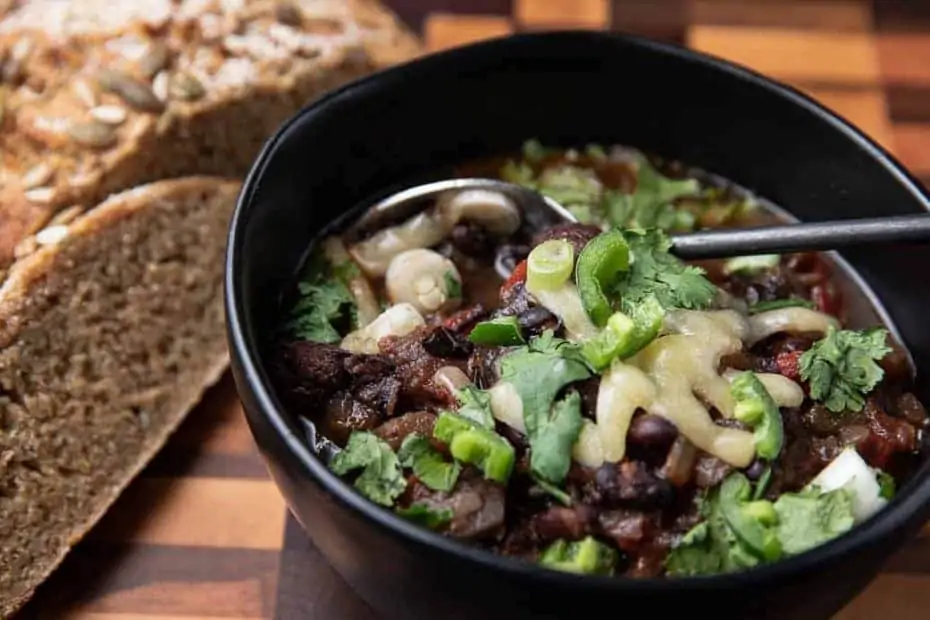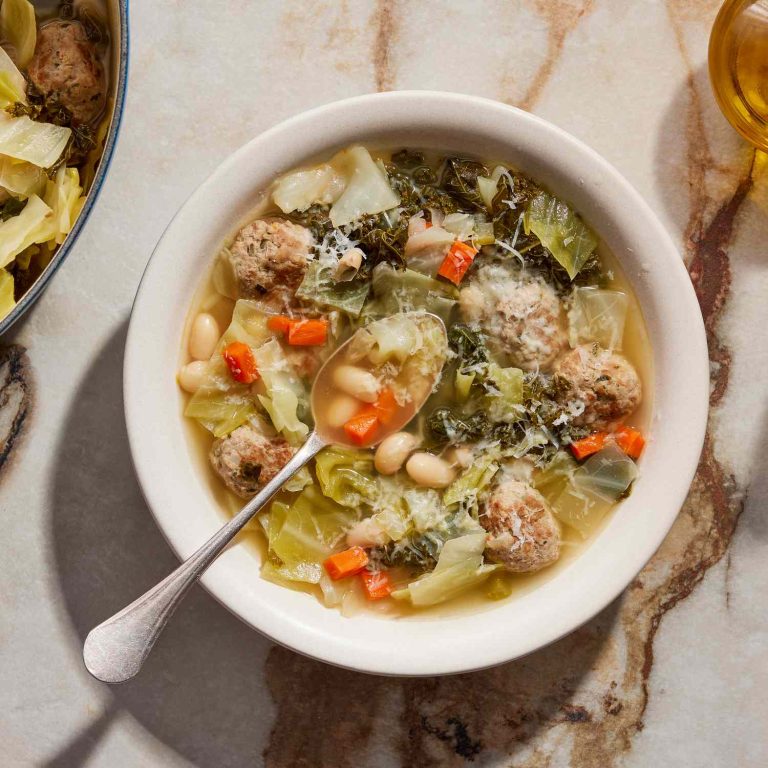Caribbean Fish Soup Recipes: Ingredients, Health Benefits, and Cooking Tips
Caribbean fish soup, often referred to as Fish Broth or Fish Tea, has a rich and diverse history. Indigenous peoples, including the Arawaks, Tainos, and Caribs, started this culinary tradition. They utilized local fish and shellfish, boiling them with native herbs and roots. European colonization introduced new ingredients and cooking techniques. For instance, the Spaniards, British, and French incorporated their vegetables, spices, and seafood influences.
African slaves also played a crucial role in molding Caribbean cuisine. They brought techniques and ingredients, enriching fish soup recipes. This blend of cultural influences created a distinct and flavorful dish that reflects the Caribbean’s melting pot.
Regional Variations
Caribbean fish soup varies across the region, drawing from local ingredients and customs. In Jamaica, Fish Tea combines fish, yam, green bananas, and pepper, resulting in a spicy, hearty meal. Trinidad and Tobago serve Fish Broth, featuring carrots, potatoes, and thyme, offering a milder flavor profile.
In Barbados, Cou-cou and Flying Fish is a popular version. It includes okra and cornmeal to thicken the soup, showcasing a unique texture. The Bahamas offer Boil Fish, prepared with grouper, potatoes, and citrus, delivering a tangy twist.
These regional variations highlight the creativity and resourcefulness in Caribbean cooking. You get a taste of each island’s identity through its distinct fish soup recipe.
Key Ingredients and Substitutions
Essential Ingredients
Caribbean fish soup features a variety of fresh and aromatic ingredients reflecting the region’s rich culinary tradition. Key components include:
- Fish: Snapper, parrotfish, or grouper are ideal for their flavor and texture. Freshness is crucial.
- Aromatics: Onions, garlic, and thyme bring depth. Cilantro or parsley add a fresh finish.
- Vegetables: Carrots, potatoes, yams, and plantains provide heft. Okra adds thickness and texture.
- Herbs and Spices: Scotch bonnet peppers introduce heat. Pimento seeds, also known as allspice, give warmth.
- Liquids: Fish stock forms the base, enriched with coconut milk for creaminess and subtle sweetness.
- Acid: Lime juice adds brightness and balances richness.
Common Substitutions
When the essential ingredients are unavailable, use these effective substitutions to retain authenticity:
- Fish: If snapper’s unavailable, use tilapia or cod, both replicate texture and flavor profile.
- Aromatics: Substitute onions with shallots, and garlic with garlic powder if fresh isn’t available.
- Vegetables: Replace yams with sweet potatoes and plantains with green bananas. Zucchini can stand in for okra, though it alters texture slightly.
- Herbs and Spices: Jalapeño peppers can replace Scotch bonnets for a milder heat. Nutmeg offers an alternative to pimento seeds but use sparingly.
- Liquids: Chicken stock works if fish stock isn’t available. Heavy cream can substitute coconut milk, though it alters the flavor.
Use these essential ingredients and substitutions to maintain the signature taste of Caribbean fish soup, ensuring it retains its cultural essence even with variations.
Step-by-Step Cooking Guide
Preparing the Broth
Begin by assembling your ingredients. You’ll need fish heads or bones, vegetables, and aromatics such as onions, garlic, and thyme. Place these items in a large pot, adding enough water to cover them. Bring the mixture to a boil over medium heat.
Once boiling, reduce the heat to low and let it simmer for about 45 minutes. This process extracts flavors from the fish heads or bones, creating a rich base for your soup. Skim off any foam that forms on the surface to ensure a clear broth.
After simmering, strain the broth through a fine mesh sieve to remove solids. Return the clear liquid to the pot, ready for the next step. At this stage, you should have a flavorful broth that’s the foundation for your Caribbean fish soup.
Adding the Fish and Vegetables
Prepare your fish and vegetables. Use firm white fish such as snapper or grouper, cutting it into chunks. Common vegetables include carrots, potatoes, yam, and bell peppers. Chop these into bite-sized pieces for even cooking.
Add the vegetables to the simmering broth first since they take longer to cook. Simmer for about 10 minutes until they begin to soften. Then, add the fish chunks and cook for an additional 5-7 minutes or until the fish is opaque and flaky.
Enhance your soup with herbs and spices like thyme, parsley, and scotch bonnet pepper. Simmer briefly to meld the flavors. To finish, add a splash of lime juice or vinegar for acidity, balancing the richness of the broth and fish. Your Caribbean fish soup is now ready to serve, featuring a perfect harmony of textures and flavors.
Serving and Pairing Suggestions
Traditional Accompaniments
Caribbean fish soup pairs well with starchy sides often enjoyed throughout the region. Serving freshly baked bread, like Jamaican hard dough bread or Trinidadian hops bread, allows you to soak up the flavorful broth. Fried plantains or boiled green bananas add both texture and sweetness, balancing the savory dish. Rice and peas, another staple accompaniment, complement the soup by adding substance and flavor. Ensure you include a squeeze of lime and a sprinkle of fresh herbs, such as cilantro or parsley, to enhance the dish’s freshness.
Wine Pairings
Pairing wine with Caribbean fish soup enhances your dining experience. Consider a crisp, acidic white wine like Sauvignon Blanc or Pinot Grigio; these options match the citrus notes and spice of the soup. A dry Rosé also complements the rich flavors without overpowering them. For those who prefer sparkling options, a Brut Champagne or Cava provides a refreshing contrast to the hearty soup. When selecting a wine, aim for light to medium-bodied varieties that won’t compete with the dish’s complexity.
Health Benefits of Caribbean Fish Soup
Nutritional Value
Caribbean fish soup offers substantial nutritional benefits. Each serving typically includes a high amount of protein from the fresh fish used, vital for muscle building and repair. Fish like snapper, grouper, or cod, common in these soups, are rich in omega-3 fatty acids, which support heart health and reduce inflammation. Vegetables such as carrots, yams, and okra contribute essential vitamins (A, C, and K) and minerals (potassium and magnesium), boosting your immune system and promoting overall well-being. The use of aromatic herbs and spices like thyme, garlic, and allspice not only enhances flavor but also provides antioxidants that help fight free radicals and reduce the risk of chronic diseases.
Dietary Considerations
Caribbean fish soup accommodates various dietary needs and preferences. It’s naturally low in saturated fats, making it a heart-healthy option for those managing cholesterol levels. The absence of dairy and the ability to avoid gluten-containing ingredients suit lactose-intolerant and gluten-sensitive individuals. If you follow a low-carb or ketogenic diet, prioritizing low-starch vegetables like bell peppers, zucchini, and spinach keeps the carb count minimal. Additionally, for those watching sodium intake, using fresh herbs and spices instead of salt maintains the soup’s robust flavor.
Conclusion
Caribbean fish soup is more than just a meal; it’s a culinary journey through the rich history and diverse cultures of the Caribbean. By understanding its origins and the unique regional variations, you’re not only savoring a delicious dish but also appreciating the cultural heritage behind it. Whether you’re following a traditional recipe or adapting it to fit your dietary needs, the key ingredients and cooking techniques ensure an authentic experience. Pair it with the right accompaniments and you’ll elevate your dining experience. Dive into the vibrant flavors and let Caribbean fish soup bring a taste of the islands to your table.






